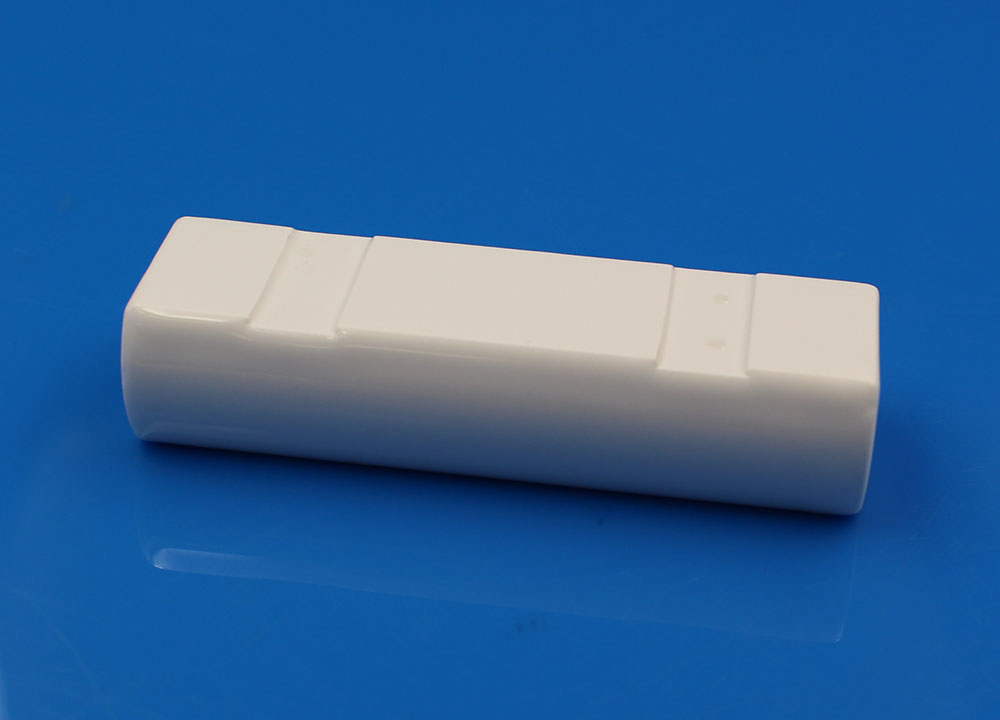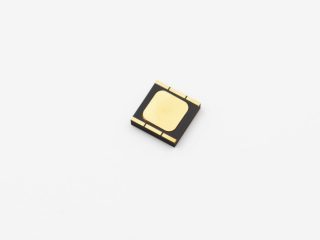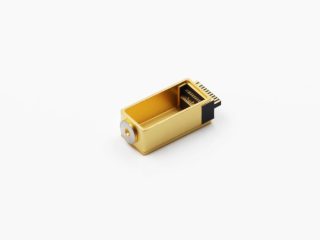
Introduction to ceramic reflector
The material of the ceramic reflector is 99% Al2O3. Its green body is fired at a suitable temperature to retain the proper porosity and strength. The surface of the ceramic reflector is coated with a high reflectivity ceramic glaze, so compared with the gold-plated reflector, it has long service life and diffuse reflection.
Production Process
- Preparation of the green body
- Preparation of glaze slurry: raw material weighing – grinding – screening
- Glazing: glazing by spraying
- Glaze burning: the glazed product is burning at a high temperature
- Inspection: Appearance inspection, dimensional measurement, and reflectance measurement
- Packaging
Prime Features
- Surfaces can be sealed and coated with a solarization-resistant glaze to give high bulk reflectivity
- 97% reflectance efficiency at 600-1000nm
- Reflectance efficiency exceeds 95% across the wavelength range 400-1200nm (see curve)
- Controlled porosity
- Good thermal conductivity
- High electrical resistivity
Precautions for the use of ceramic reflectors
- In the process of transportation, storage and assembly, it is prohibited from serious external damage, such as falling off to the ground and the size is not suitable for forced pressing into the shell
- The semi-glazed ceramic reflector must be sealed with the shell to prevent it from inhaling a large amount of coolant, resulting in a decrease in power
- During assembly and maintenance, it is forbidden to scratch the reflective surface of the ceramic to decreasing the reflectivity
- In the short-wavelength (eg 755nm) high-temperature systems, it is important to pay attention to the choice of cooling system piping and equipment materials for avoiding free metal oxides contaminating the ceramic surface




 Enquiry
Enquiry